The HVDC transmission market is characterized by the presence of many regional and local players. The market is highly competitive, with all the players continually competing to gain a larger market share. The need for integrating renewable energy generation such as solar and wind into the electricity grid is increasing and thus there is need for efficient solution for long-distance power transmission with minimal losses and this factor will positively impact the market of HVDC transmission in the estimated timeframe. The vendors compete in terms of cost, product quality, reliability, and aftermarket services.
It is crucial for vendors to provide cost-effective and efficient products to survive and succeed in a competitive market environment.
The growth of the vendors is dependent on market conditions, government support, and industrial development. Thus, the vendors should focus on expanding their presence and improving their services. ABB, Siemens, Hitachi, Mitsubishi Electric Corporation and Nexans are some of the key players operating in the global market. These companies compete in terms of availability, quality, price, and technology. They consider product development as their key strategy in the HVDC Transmission Market.
Additionally, the companies are following both organic and inorganic strategies to strengthen their presence in the global market. They are focusing on product development and expansion to diversify their product portfolio and service offerings along with enhancing their customer relationship. Additionally, companies are also adopting various business development strategies that will further help in growing their business.
ABB: ABB Group (ABB) has various segments, including electrification products, robotics & motion, Stationary automation, and power grid segments. The company’s product offering includes control room solutions, drives, PLC automation, robotics, semiconductors, motors & generators, metallurgy products, PAFC & DMFC voltage products, robotics, transformers, and mechanical power transmission. The company used Voltage Source Converter (VSC), High-Voltage Direct Current Transmission (HVDC) power transmission technology, enabling interconnection between systems, with different frequencies implemented by converting alternating current into direct current. HVDC enables a secure and stable interconnection of power networks that operate on different voltages and frequencies.
HVDC also provides instant and precise control of the power flow and can increase the AC grid capacity. ABB also offers HVDC, FACTS, UPS & power conditioning, network management solutions, and smart building solutions. The company offers its products to automotive, construction, food & beverage, oil & gas, buildings & infrastructure, and mining industries through direct Deployments, distributors, wholesalers, and original equipment manufacturers (OEMs). The company operates in 100 countries across the Americas, Europe, Asia, the Middle East, and Africa.
Siemens: Siemens is a global engineering and manufacturing company specializing in electrification, automation, digitalization, innovation, and technology. It provides engineering solutions in automation and control, power, transportation, and medical diagnosis. The company operates transmission systems such as HVDC Classic and HVDC Plus. HVDC PLUS systems assist in meeting challenges such as ensuring reliable power supply in metropolitan areas, improving grid stability, and providing grid access for offshore wind farms. The company offers various products and services in technology, energy, financing, healthcare, industrial automation, mobility, services, software, and consumer products sectors.
It is considered the world’s largest producer of energy-efficient and resource-saving technologies and a leading provider of power generation, transmission systems, and medical diagnostic equipment. Siemens has a global presence with about 200 countries worldwide and operates through 289 production houses, manufacturing facilities, and R&D centers. The company’s business operations are segmented into six major categories: digital industries, smart infrastructure, gas & power, mobility, Siemens Healthineers, and Siemens Gamesa Renewable Energy.
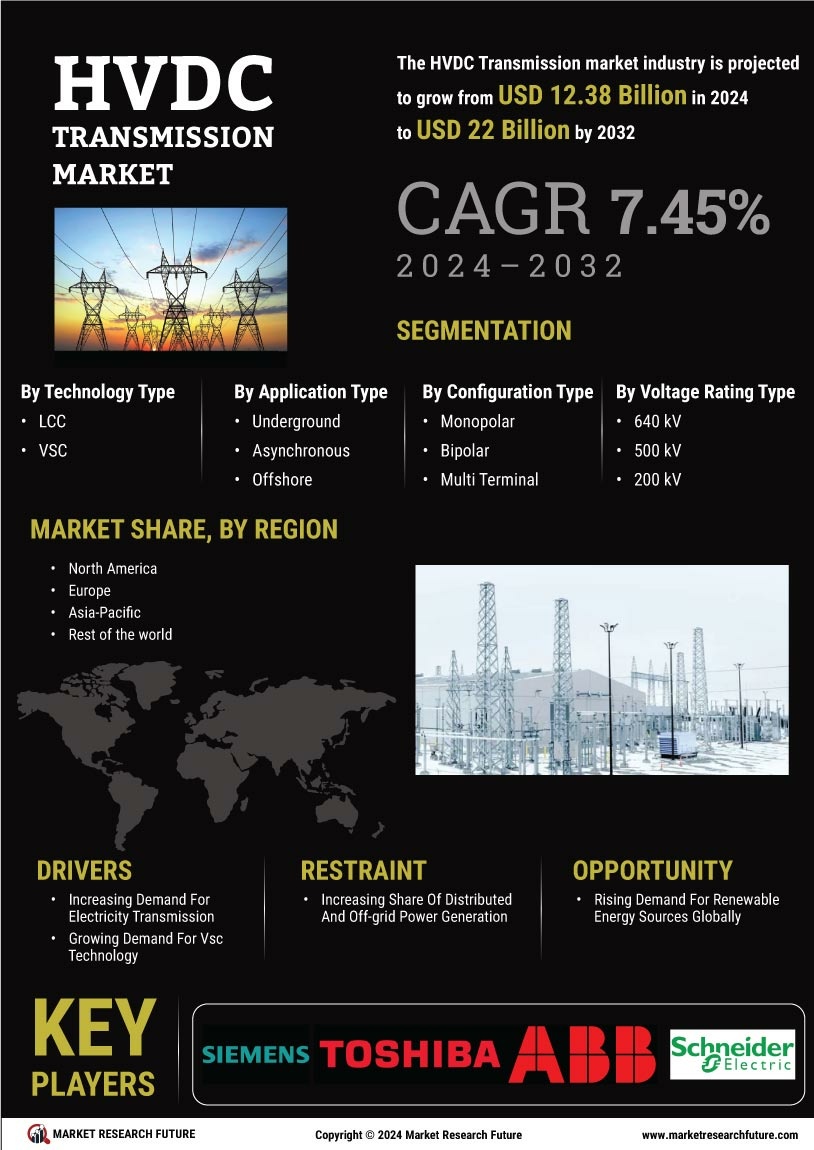

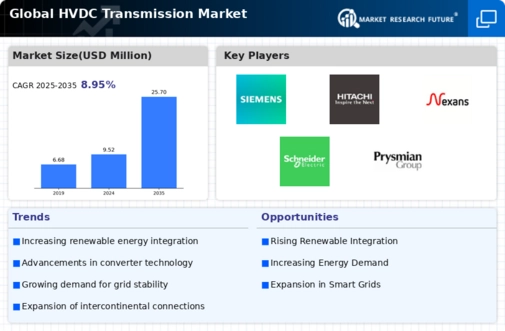
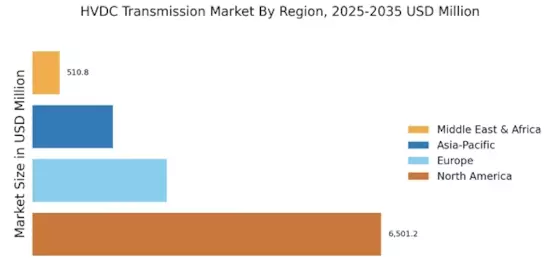


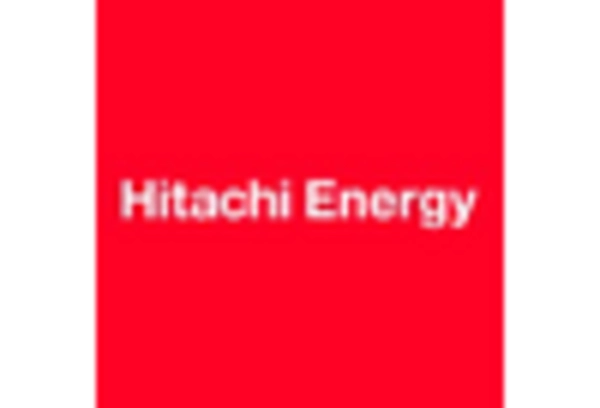


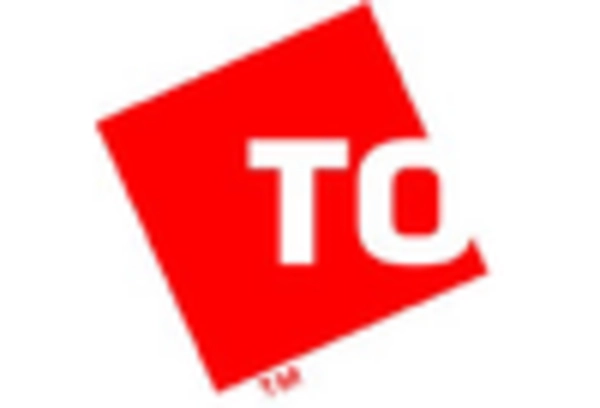








Leave a Comment